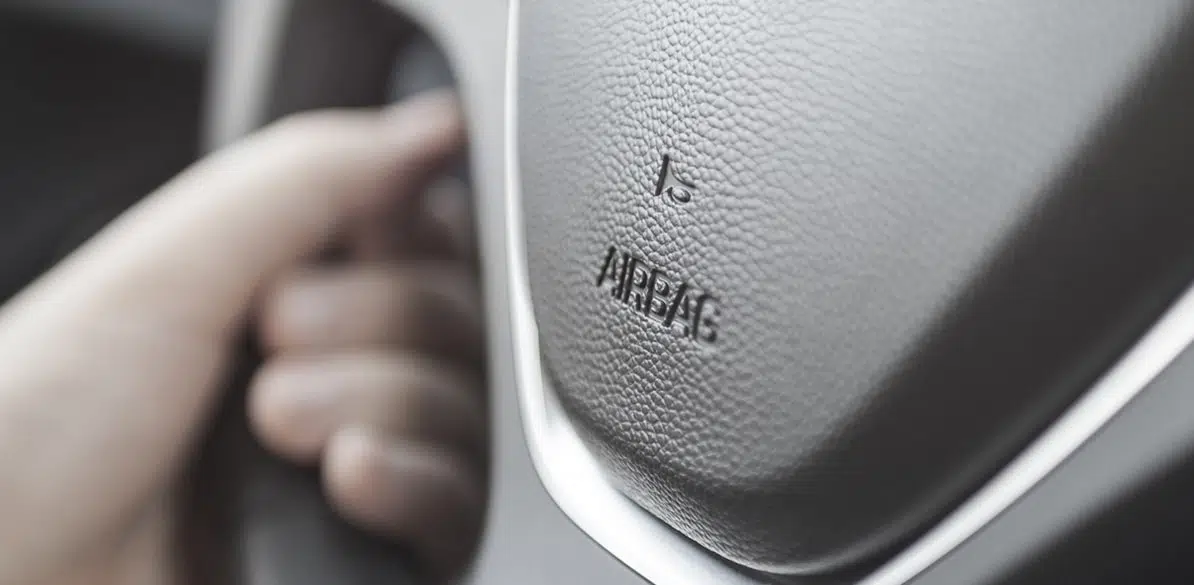The most common collision
Do you know what the most common type of collision is?

Road Safety
In the “Advanced Child Safety Technician Course”, taught at the Universidad Pontificia de Comillas in Madrid, we talked about the difference between crash and collision. To properly answer the question of what the most common kind of collision is we must first look at the types of crashes and the collisions involved in each of them.
As there is some confusion between the most common scenario and the one that involves the greatest injury, we will try to clarify these concepts in this article.
According to the Spanish Directorate General of Traffic (DGT) there are three common types of crashes: head-on, frontal-lateral, and rear-end.
Let’s analyze each of them. In each crash there are at least 1 or 2 collisions. The collision is what the occupants of each of the vehicles experience. In a head-on crash, there may be an impact against some part of the road (bridge, tree, etc.), involving one head-on collision, or against another vehicle traveling in the opposite direction, involving two head-on collisions.
In a frontal-lateral crash, one vehicle has a side collision, so it receives the impact of another car on one side of the vehicle, but the impacting vehicle has a head-on, or frontal, collision. Therefore, in a frontal-lateral crash there is both a head-on collision and a lateral-collision involved.
Finally, there are rear-end crashes. In this case there is one vehicle that receives an impact, and therefore experiences a rear-end collision, and another vehicle that generates the impact, and experiences a frontal collision. This therefore involves a frontal collision and a rear collision.
To summarize, the three most common types of crashes include four frontal collisions, one rear collision, one side collision.
Now that we know what the most common collision is, it is worth asking which produces the greatest injuries.
In a frontal collision, the occupant has two advantages that are vital for their safety, compared to a side collision: space and restraint.
Space gives us the opportunity to reduce the deceleration of the impact, while restraint, in conjunction with the airbag, allows us to absorb the energy of the impact and divert it to the more rigid parts of the body. And what happens in the event of a side collision?
Let’s use these two concepts. The space is really very small, so we cannot reduce the deceleration of the impact before we hit the car door, while restraint in this case is practically non-existent, as the seat belt is not designed to restrain the occupants laterally.
In addition to all this, the human body is more prepared to receive a frontal impact than a side impact, so that injuries in a side impact under the same conditions are more severe.
In view of this, we can see that the most common collision is the frontal impact, while the most damaging collision is the lateral, or side, impact.
